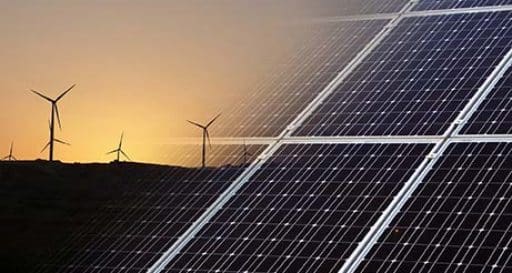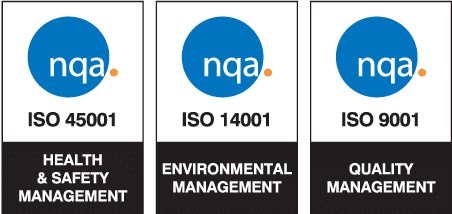Lately there has been a surge in the use of renewable energy. But it’s still not enough, and this could be due to misinformation and the lack of knowledge we have about the renewable energy sector.

Here on the Univergy Solar blog, we have devoted more than a few of our posts to turning our readers into experts on renewable energy, so that they are able to make more knowledgeable and well-informed decisions.
For today’s post, we are going to explain the difference between renewable and non-renewable sources of energy, and we’ll also be taking a look at the different types of renewable energy that are out there in the environment.
Non-renewable energy sources are often characterized by the fact that the processes surrounding their exploitation lead to increased pollution, since they generate emissions and waste. The main defining factor of non-renewable energy sources, however, is that they cannot be used indefinitely, which is why they are also called exhaustible energy sources. Among the different kinds of non-renewable energy we can cite fossil fuels (coal, oil, natural gas, etc.) or nuclear energy.
Renewable energy sources are characterized by the fact that their use causes minimal harm or no harm at all to the environment. And in contrast to non-renewables, they are inexhaustible sources of energy that can be used indefinitely.
There are many different types of renewable energy sources:
- Wind: Energy captured using wind turbines.
- Solar: Energy captured from the sun.
- Hydro Power: Energy captured from moving water.
- Biomass: energy extracted from organic matter.
- Biofuels: Fuels made from renewable sources such as biodiesel—which is made from plant or animal oils and fats—and bioethanol, which is a type of alcohol made from plants by fermenting sugary substances.
- Geothermal: Thermal energy captured from the earth’s sub-surface.
- Marine: energy captured from the movement of the ocean. This can be further divided into tidal power, which captures energy from the ocean’s tides, and wave power, which derives energy from wind waves.
At Univergy Solar, we mostly specialize in Wind and Solar (Photovoltaic) Energy, which are clean, inexhaustible, and increasingly competitive sources of energy. Let’s take a closer look at how energy is captured from these two inexhaustible sources.
Solar Energy can be further broken down into three types depending on the mechanism of energy capture:
- Photovoltaic: Captures the energy from sunlight, converting it into electric power. The electric current that is produced can be used immediately or stored in batteries for later use. It can also be sent out into the electric grid. You can learn more about how it works here.
- Thermal: Consists of capturing the heat energy produced by the sun.
- Thermoelectric: This process is employed by solar thermal systems that heat a fluid in order to make pressurized steam to generate electricity that can be used by an electric grid.
Wind energy consists of capturing the wind’s energy with wind turbines or windmills. Wind turbines are the main renewable energy system here, since they convert energy from air motion into electric power that can be carried along the grid. These power plants also use batteries to store electricity for later use.
You can discover the full potential of Renewable Energy Sources by visiting our website or by following us on social media: Facebook, or YouTube to keep on learning!






